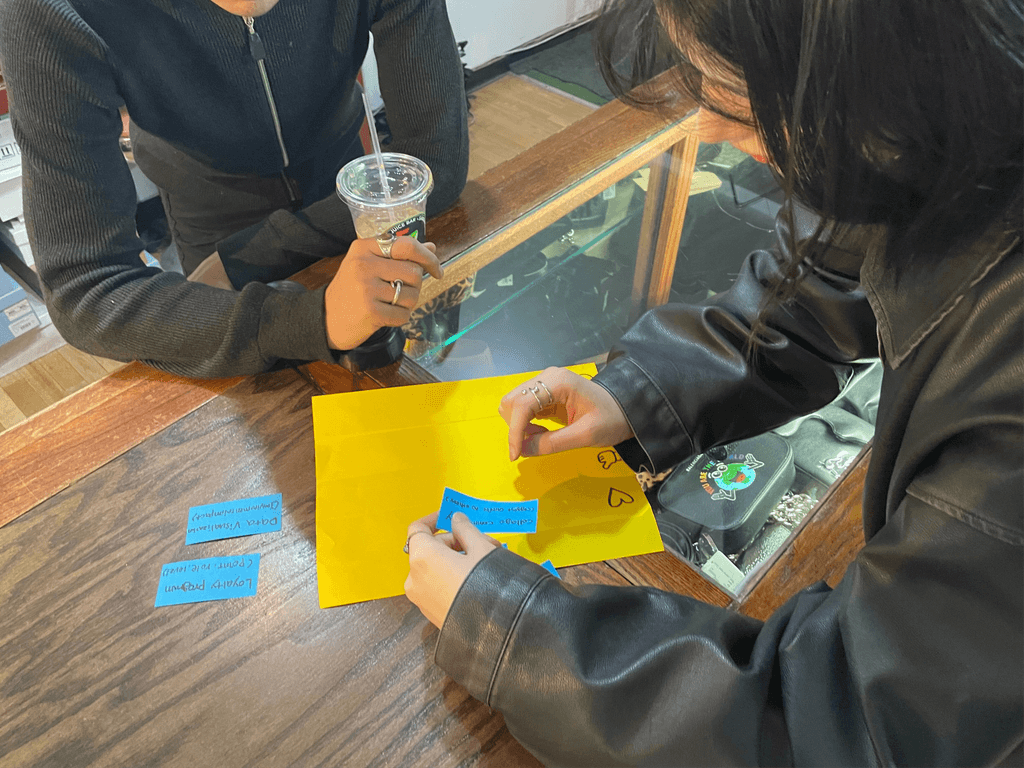Redesigning to Align with WCAG Guidelines
Enhancing accessibility without compromising aesthetics
I received feedback about the accessibility guidelines for the UI design, and quickly realized that color contrast was a major issue. When I tried to tweak the colors to fit both the branding and the guidelines, I discovered the contrast needed to be much stronger than expected, forcing me to abandon the bright pink-green color scheme. Given that visual appeal is a key strategy for this app, simply switching to black and white wasn’t an option. I decided to explore alternative ways to enhance the visual appeal while adhering to the guidelines and maintaining a unique, satisfying look. Here are some of the redesigned screens...
I received feedback about the accessibility guidelines for the UI design, and quickly realized that color contrast was a major issue. When I tried to tweak the colors to fit both the branding and the guidelines, I discovered the contrast needed to be much stronger than expected, forcing me to abandon the bright pink-green color scheme. Given that visual appeal is a key strategy for this app, simply switching to black and white wasn’t an option. I decided to explore alternative ways to enhance the visual appeal while adhering to the guidelines and maintaining a unique, satisfying look. Here are some of the redesigned screens...
I received feedback about the accessibility guidelines for the UI design, and quickly realized that color contrast was a major issue. When I tried to tweak the colors to fit both the branding and the guidelines, I discovered the contrast needed to be much stronger than expected, forcing me to abandon the bright pink-green color scheme. Given that visual appeal is a key strategy for this app, simply switching to black and white wasn’t an option. I decided to explore alternative ways to enhance the visual appeal while adhering to the guidelines and maintaining a unique, satisfying look. Here are some of the redesigned screens...
I received feedback about the accessibility guidelines for the UI design, and quickly realized that color contrast was a major issue. When I tried to tweak the colors to fit both the branding and the guidelines, I discovered the contrast needed to be much stronger than expected, forcing me to abandon the bright pink-green color scheme. Given that visual appeal is a key strategy for this app, simply switching to black and white wasn’t an option. I decided to explore alternative ways to enhance the visual appeal while adhering to the guidelines and maintaining a unique, satisfying look. Here are some of the redesigned screens...
























